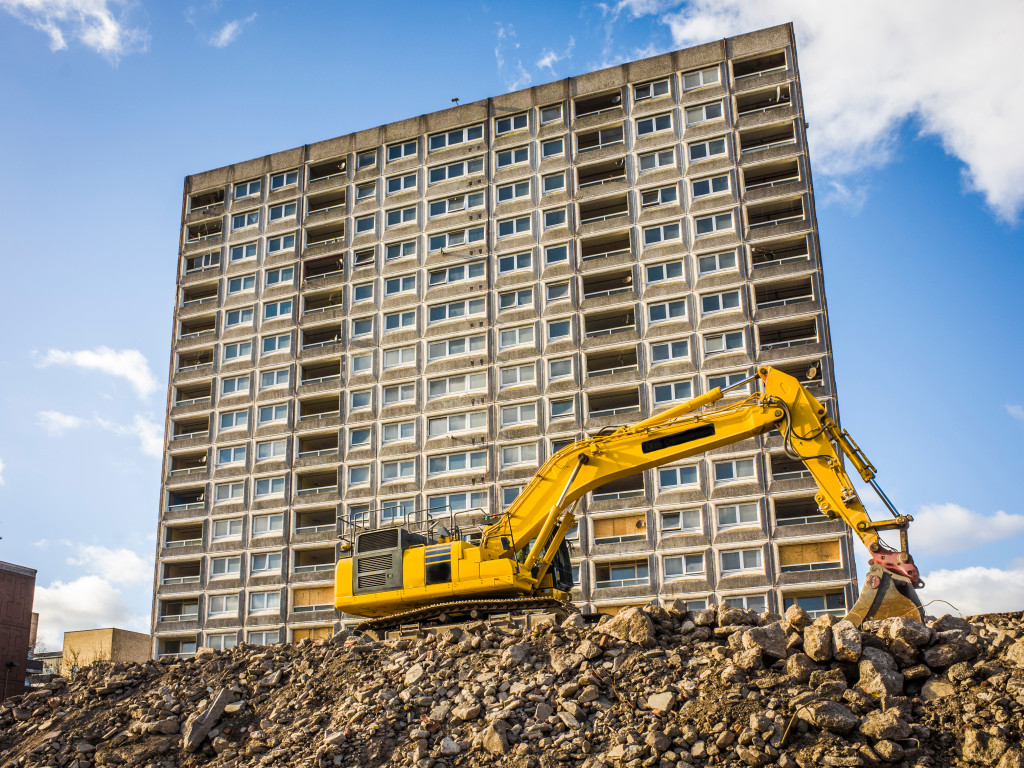- Consider the local population’s needs to tailor healthcare services and build trust.
- Assess the cost-effectiveness of materials and labor for sustainable solutions and cost savings.
- Strategically consider the locations of hospitals to maximize accessibility and impact on the community.
- Take into account space requirements to provide adequate facilities and reduce waiting times of patients.
- Plan the design layout of the hospital to create a comfortable and efficient environment for staff and patients.
Constructing a community hospital is no small feat. It requires careful planning and consideration to ensure that it meets the needs of the local population while also providing adequate resources for medical staff.
There are several key elements to consider when constructing a community hospital. Considering these factors before construction begins, you can ensure that your hospital is an effective resource for patients and medical professionals.
Local population needs
Properly considering the needs of the local population when constructing a community hospital is crucial for providing effective and efficient healthcare services. This process involves considering the local community’s healthcare needs, including their specific medical requirements, cultural practices, and socioeconomic status.
By doing so, healthcare providers can better understand the unique healthcare needs of the community and tailor their services to meet those needs. The benefits of this approach are twofold, as it not only ensures that residents have access to the healthcare they need but also helps to establish trust and rapport between the hospital and the community it serves.
Construction considerations

Researching the various construction considerations of a community hospital is perhaps the most important step of the entire process. Here are a few points to keep in mind before building begins:
Cost-effectiveness of construction materials and labor
Constructing a community hospital involves many considerations, including the cost-effectiveness of construction materials and labor. It is crucial to carefully assess these factors to ensure the project successfully meets the community’s needs.
Cost-effectiveness, defined as achieving the desired outcome at the lowest possible cost, is important for creating sustainable, long-term solutions that benefit everyone it serves. Incorporating quality pharma floors ensures the hospital meets public health standards and can withstand future needs without incurring unnecessary costs.
Understanding the importance of cost-effectiveness in construction materials and labor ensures the hospital’s construction is a smart and economic investment for the community. Ultimately, prioritizing cost-effectiveness allows for more efficient use of resources and a stronger foundation for the community’s healthcare needs.
Location of the hospital
Consideration of location is vital in constructing a community hospital as it is directly linked to efficient healthcare delivery. A strategically located hospital is convenient for both patients and physicians, as it ensures timely provision of emergency services. Furthermore, it enables easier admission and transfer of patients, reducing critical delays.
The location of a hospital can also have a psychological impact on patients and their families. A facility located in a serene environment instills a sense of calmness, reducing anxiety levels and facilitating faster recovery periods. The hospital must be constructed in a safe, accessible, and secure location to provide care to the community at large.
The location of a hospital can have positive implications beyond direct patient care, such as employment opportunities and a boost to businesses in the surrounding area. Therefore, proper consideration of the location is an essential aspect of crafting a community hospital that significantly impacts the health and well-being of the community.
Accessibility to public transportation

It is crucial to take into consideration the location of the hospital. This is important not only for the hospital but also for the community it serves. A strategic location can have a profound impact on the accessibility of healthcare for community members.
For instance, a hospital in a remote area with limited transportation access may not provide much-needed services to the community. On the other hand, a hospital constructed in a densely populated area with ample transportation access will be readily accessible and may help serve a vast majority of the community.
Moreover, the hospital’s location should also consider the proximity to other healthcare facilities to avoid duplication of services. Properly considering the location of a community hospital can provide much-needed healthcare services to the community and help maximize the impact of the hospital on the community as a whole.
Space requirements
It is crucial to consider space requirements properly. This ensures that the hospital has the necessary facilities and equipment to provide high-quality healthcare services to the community. Proper space planning also allows for efficient use of resources, leading to cost savings that can be passed on to the patients.
Additionally, adequate space allocation can improve patient satisfaction by increasing privacy and reducing wait times. To execute successful space planning, the hospital should work with experienced architects and construction professionals with expertise in designing healthcare facilities.
Design Layout
The design layout is a crucial consideration when constructing a community hospital. It encompasses the arrangement of spaces, traffic flow, equipment placement, and overall aesthetic appeal of the facility. It is important to properly consider design layout because it can greatly impact patient care and staff efficiency.
A well-designed hospital can create a more comfortable and welcoming patient environment, leading to higher patient satisfaction and better outcomes. Additionally, a well-planned layout can improve staff workflows and communication, reducing the risk of errors and improving the overall quality of care.
These are just a few key elements when constructing a community hospital. You can make your hospital a useful resource for patients and medical professionals by planning and considering carefully.

